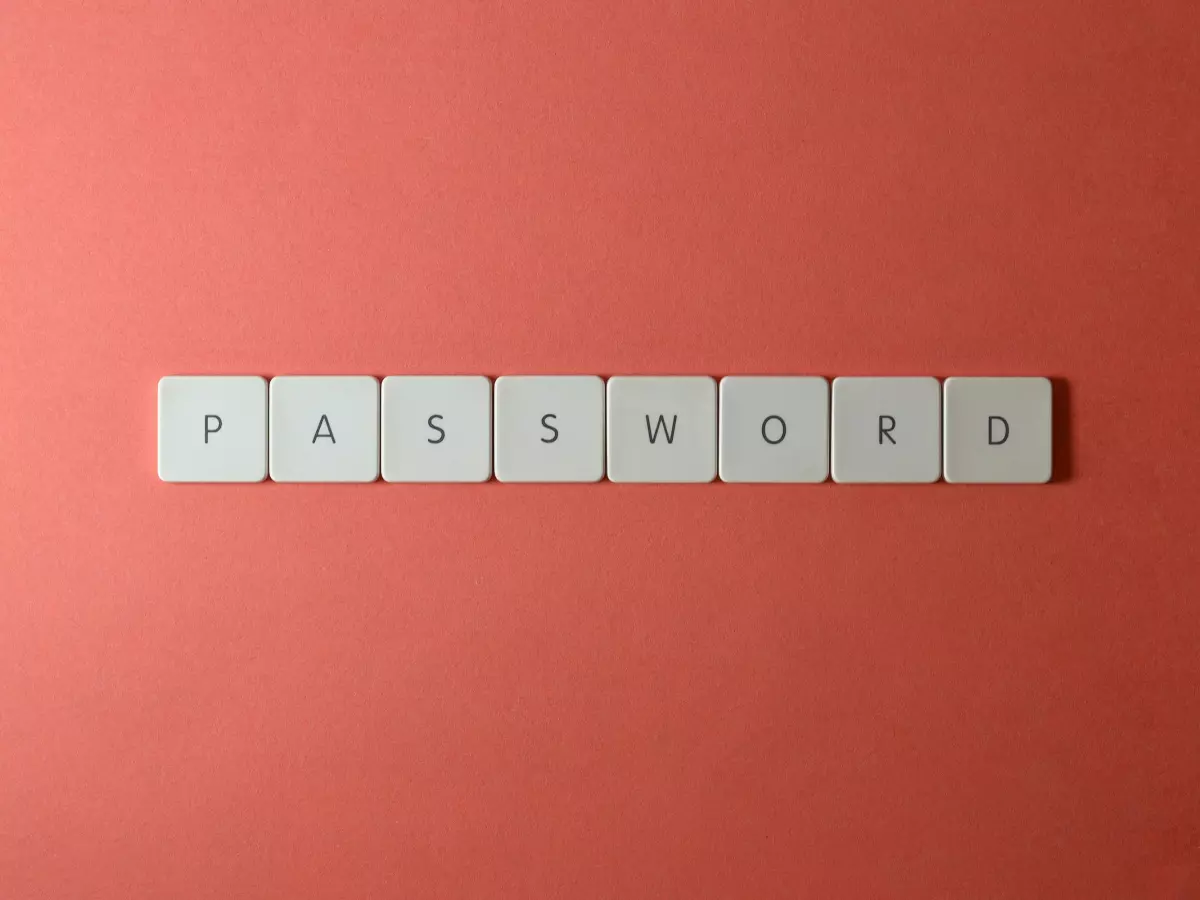Merkle Trees
Did you know that Merkle trees are the backbone of blockchain security, ensuring data integrity and verification across millions of transactions? Without them, the entire system would be vulnerable to tampering and fraud.

By Hannah White
Blockchain and Merkle trees go together like peanut butter and jelly. While blockchain gets all the hype for being decentralized and secure, Merkle trees are the unsung heroes working behind the scenes to make sure everything runs smoothly. But what exactly are they, and why should you care?
Think of a Merkle tree as a digital fingerprint for a massive amount of data. It organizes and verifies transactions in a way that’s both efficient and tamper-proof. Without Merkle trees, verifying the integrity of blockchain data would be like finding a needle in a haystack. But with them, it’s like having a GPS tracker on that needle. Let’s dive into how these trees work and why they’re so crucial for keeping your crypto safe.
What Exactly Is a Merkle Tree?
At its core, a Merkle tree is a data structure that allows for efficient and secure verification of large datasets. It’s named after Ralph Merkle, who invented the concept in 1979 (yeah, way before Bitcoin was even a twinkle in Satoshi Nakamoto’s eye). The tree itself is made up of nodes, with each node containing a cryptographic hash of a block of data.
The beauty of the Merkle tree lies in its structure. It starts with individual transactions at the bottom (called “leaf nodes”), which are hashed together in pairs to form a new hash. This process continues until there’s only one hash left at the top, called the “Merkle root.” The Merkle root is like a summary of all the transactions in the tree, and it’s this root that gets stored in the blockchain.
Why is this important? Well, the Merkle root allows anyone to verify whether a specific transaction is part of the blockchain without having to download the entire blockchain. This is a huge deal, especially when you consider that some blockchains are hundreds of gigabytes in size. Instead of downloading all that data, you can just check the Merkle root and be confident that everything is legit.
Merkle Trees and Data Integrity
One of the biggest challenges in any digital system is ensuring data integrity—basically, making sure that the data hasn’t been tampered with. In blockchain, this is especially important because the whole point is to have a decentralized, trustless system where no single party controls the data.
Merkle trees help solve this problem by making it easy to detect any changes to the data. If even a single transaction in the tree is altered, the hash of that transaction will change, which will then change the hash of the next level up, and so on, all the way to the Merkle root. This means that any tampering will be immediately obvious because the Merkle root will no longer match the expected value.
In other words, Merkle trees make it virtually impossible to alter blockchain data without being detected. And because the Merkle root is stored in the blockchain, it’s immutable—once it’s there, it can’t be changed. This is a key part of what makes blockchain so secure.
Merkle Trees and Efficiency
Another reason Merkle trees are so important is that they make blockchain systems more efficient. As we mentioned earlier, blockchains can get pretty massive, especially as more transactions are added over time. Without Merkle trees, verifying the integrity of all that data would be a nightmare.
But with Merkle trees, you don’t need to check every single transaction. Instead, you can just check the Merkle root and a few other hashes along the way (this is called a “Merkle proof”). This drastically reduces the amount of data that needs to be processed, making blockchain systems faster and more scalable.
For example, let’s say you want to verify that a specific transaction is part of a block. Instead of downloading the entire block, you can just download a small portion of the Merkle tree (called a “Merkle path”) and use it to verify the transaction. This is especially useful for lightweight clients, like mobile wallets, which don’t have the resources to store and process the entire blockchain.
Merkle Trees and Security
Okay, so we’ve covered how Merkle trees help with data integrity and efficiency. But how do they actually contribute to blockchain security?
First off, Merkle trees make it easy to detect tampering, as we discussed earlier. But they also play a crucial role in preventing certain types of attacks, like the infamous “double-spending” problem.
In a double-spending attack, a malicious actor tries to spend the same cryptocurrency twice. This is a big no-no in the world of crypto, and it’s one of the main challenges that blockchain was designed to solve. Merkle trees help prevent double-spending by ensuring that every transaction is unique and can be easily verified.
Here’s how it works: When a transaction is added to the blockchain, it’s hashed and included in the Merkle tree. If someone tries to alter that transaction (for example, by trying to spend the same coins again), the hash of the transaction will change, which will change the Merkle root. This makes it immediately obvious that something fishy is going on, and the fraudulent transaction will be rejected.
In addition to preventing double-spending, Merkle trees also help protect against other types of attacks, like Sybil attacks and 51% attacks. By making it easy to verify the integrity of the blockchain, Merkle trees make it much harder for attackers to manipulate the system.
Why You Should Care About Merkle Trees
So, why should you care about Merkle trees? Well, if you’re into crypto, they’re one of the key technologies that make the whole system work. Without Merkle trees, blockchain would be slower, less secure, and way more vulnerable to attacks.
Whether you’re a casual crypto user or a hardcore blockchain enthusiast, understanding how Merkle trees work can give you a deeper appreciation for the technology that powers your favorite coins. Plus, it’s always good to know how your digital assets are being protected, right?
In the end, Merkle trees are like the unsung heroes of blockchain. They quietly do their job in the background, making sure everything runs smoothly and securely. So the next time you hear someone talking about blockchain security, you can nod knowingly and say, “Yeah, it’s all thanks to Merkle trees.”





